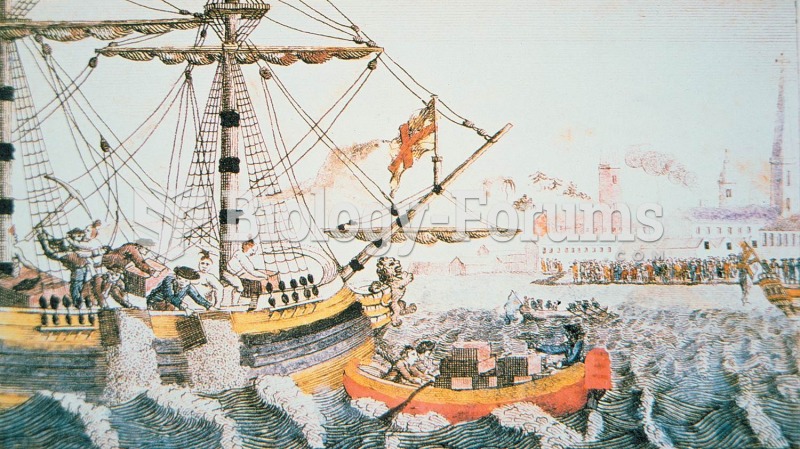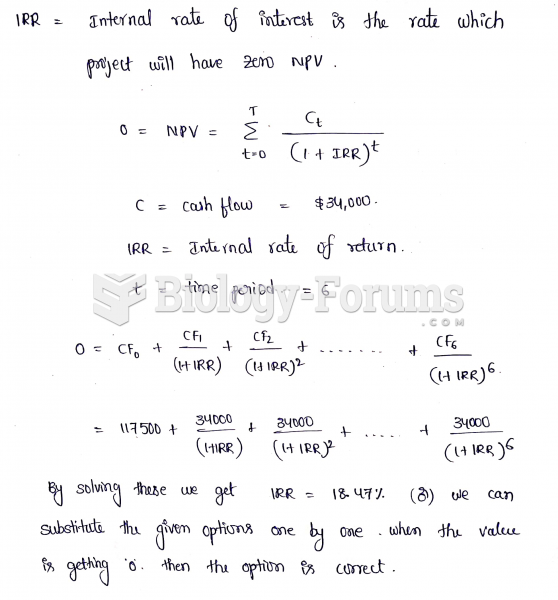Answer to Question 1
Logistics activities include managing the inbound movements of materials and supplies and the outbound movements of finished goods and services. Thus, receiving, warehousing, controlling inventory, scheduling and controlling vehicles, and distributing finished goods are all logistics activities. The Web and the Internet are providing an increasing number of opportunities to manage these activities better as they lower transaction costs and provide constant connectivity between firms engaged in logistics management. Web-enabled automated warehousing operations are saving companies millions of dollars each year.
Major transportation companies such as Schneider National, Ryder Supply Chain, and J.B. Hunt now want to be seen by their customers as information management firms as well as freight carriers.
For example, the Schneider Track and Trace system delivers real-time shipment information to Web browsers on its customers computers. This system shows the customer which freight carrier is transporting a shipment, where the shipment is, and when it should arrive at its destination. J.B. Hunt, with hundreds of thousands of trucks, trailers, containers, and other mobile operating assets, implemented a Web site that lets its customers track their shipments themselves. With customers doing their own tracking, J.B. Hunt needs far fewer customer service representatives. Also, J.B. Hunt found that its customers could monitor their own shipments more effectively than the company, saving J. B. Hunt more than 12,000 per week in labor and lost shipment costs. When transportation and freight companies engage in the business of operating all or a large portion of a customers materials movement activities, the company is called a third-party logistics (3PL) provider.
Answer to Question 2
Most companies have a difficult time controlling MRO spending from a centralized procurement office because many MRO purchases are numerous and small in dollar value. One way that procurement departments control MRO spending is by issuing purchasing cards (usually called p-cards). These cards, which resemble credit cards, give individual managers the ability to make multiple small purchases at their discretion while providing cost-tracking information to the procurement office.







